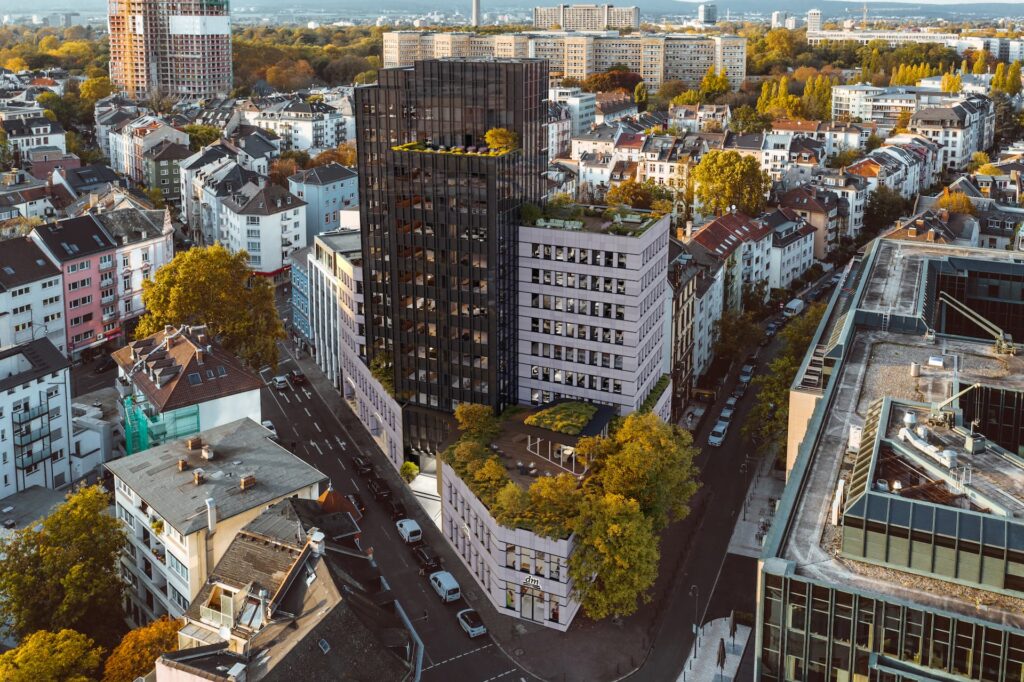The Role of NVIDIA RTX GPUs in Real-Time Architectural Rendering
As technology evolves, it brings with it new tools and techniques that improve various industries, including architecture. One of these technological advancements is the NVIDIA RTX GPU. This powerful graphic card has revolutionized real-time architectural rendering, making it more efficient and realistic. This blog post will delve into the role of NVIDIA RTX GPUs in real-time architectural rendering, highlighting their contributions and benefits.
Understanding NVIDIA RTX GPUs
Before delving into the role of NVIDIA RTX GPUs in architectural rendering, it is essential to understand what these GPUs are and what they offer. GPUs, or Graphics Processing Units, are components in a computer system designed to handle and process graphics-related data and tasks. NVIDIA, a leading tech company, has been at the forefront of creating advanced GPUs, and the RTX series is one of their latest and most powerful creations.
What is NVIDIA RTX GPU?
The NVIDIA RTX GPU is a type of graphics card that uses ray tracing technology to create realistic lighting and shadow effects in real-time. It is part of NVIDIA’s Turing family, which is known for its advanced AI and programmable shading technologies. These GPUs offer high performance, making them ideal for demanding tasks such as real-time architectural rendering.
Features of NVIDIA RTX GPUs
NVIDIA RTX GPUs are packed with numerous features that make them stand out. These include RT Cores for real-time ray tracing of objects and environments, Tensor Cores for AI acceleration, and next-gen shading techniques for more accurate visual representation. These features collectively give NVIDIA RTX GPUs the power and capability to render complex architectural designs in real-time with high accuracy and detail.
## H2: The NVIDIA RTX GPUs: Powering Real-Time Architectural Rendering
Real-time architectural rendering is a complex process that requires substantial computing power. This is where NVIDIA RTX GPUs come into play. These graphics processing units are designed to handle the demands of real-time rendering, making them an excellent choice for architectural professionals.
Incredible Performance and Efficiency
NVIDIA RTX GPUs are built on the Turing architecture, which is renowned for its incredible performance and power efficiency. This means less waiting around for renders to complete and more time spent on designing and refining architectural projects. In addition, these GPUs support ray tracing, a rendering technique that simulates the physical behavior of light to bring a new level of realism to 3D graphics.
Accelerated Workflows with RTX GPUs
With NVIDIA RTX GPUs, architects can significantly accelerate their workflows. These GPUs offer real-time ray tracing, allowing architects to visualize their designs in a highly realistic and interactive manner. This capability not only improves the quality of the final renderings but also allows architects to make changes and see the results instantly, thereby speeding up the design process.
The Future of Architectural Rendering with NVIDIA RTX GPUs
The future of architectural visualization is incredibly exciting, thanks in large part to the capabilities of NVIDIA RTX GPUs. As technology continues to advance, the role of these GPUs in the process is only expected to grow.
Immersive Virtual Reality Experiences
One of the most promising areas where NVIDIA RTX GPUs can make a significant impact is virtual reality (VR). By leveraging the power of these GPUs, architects can create immersive VR experiences that allow clients to ‘walk’ through proposed designs in a highly realistic virtual environment. This not only enhances the presentation of architectural projects but also helps clients better understand and visualize the final product.
AI-Driven Design Optimization
Another area where NVIDIA RTX GPUs are set to revolutionize architectural rendering is through the integration of artificial intelligence (AI). These GPUs are built to handle AI-driven tasks, which can be used to optimize designs, automate tedious tasks, and even predict how a building will perform over time. This means architects can use NVIDIA RTX GPUs to create smarter, more efficient, and more sustainable designs.
In conclusion, NVIDIA RTX GPUs play a crucial role in real-time architectural rendering. From offering unparalleled performance and efficiency to powering the future of architectural visualization, these GPUs are an essential tool for any modern architect.## H2: The NVIDIA RTX GPUs: Powering Real-Time Architectural Rendering
Real-time architectural rendering is a complex process that requires substantial computing power. This is where NVIDIA RTX GPUs come into play. These graphics processing units are designed to handle the demands of real-time rendering, making them an excellent choice for architectural professionals.
Incredible Performance and Efficiency
NVIDIA RTX GPUs are built on the Turing architecture, which is renowned for its incredible performance and power efficiency. This means less waiting around for renders to complete and more time spent on designing and refining architectural projects. In addition, these GPUs support ray tracing, a rendering technique that simulates the physical behavior of light to bring a new level of realism to 3D graphics.
Accelerated Workflows with RTX GPUs
With NVIDIA RTX GPUs, architects can significantly accelerate their workflows. These GPUs offer real-time ray tracing, allowing architects to visualize their designs in a highly realistic and interactive manner. This capability not only improves the quality of the final renderings but also allows architects to make changes and see the results instantly, thereby speeding up the design process.
The Future of Architectural Rendering with NVIDIA RTX GPUs
The future of architectural visualization is incredibly exciting, thanks in large part to the capabilities of NVIDIA RTX GPUs. As technology continues to advance, the role of these GPUs in the process is only expected to grow.
Immersive Virtual Reality Experiences
One of the most promising areas where NVIDIA RTX GPUs can make a significant impact is virtual reality (VR). By leveraging the power of these GPUs, architects can create immersive VR experiences that allow clients to ‘walk’ through proposed designs in a highly realistic virtual environment. This not only enhances the presentation of architectural projects but also helps clients better understand and visualize the final product.
AI-Driven Design Optimization
Another area where NVIDIA RTX GPUs are set to revolutionize architectural rendering is through the integration of artificial intelligence (AI). These GPUs are built to handle AI-driven tasks, which can be used to optimize designs, automate tedious tasks, and even predict how a building will perform over time. This means architects can use NVIDIA RTX GPUs to create smarter, more efficient, and more sustainable designs.
In conclusion, NVIDIA RTX GPUs play a crucial role in real-time architectural rendering. From offering unparalleled performance and efficiency to powering the future of architectural visualization, these GPUs are an essential tool for any modern architect.







